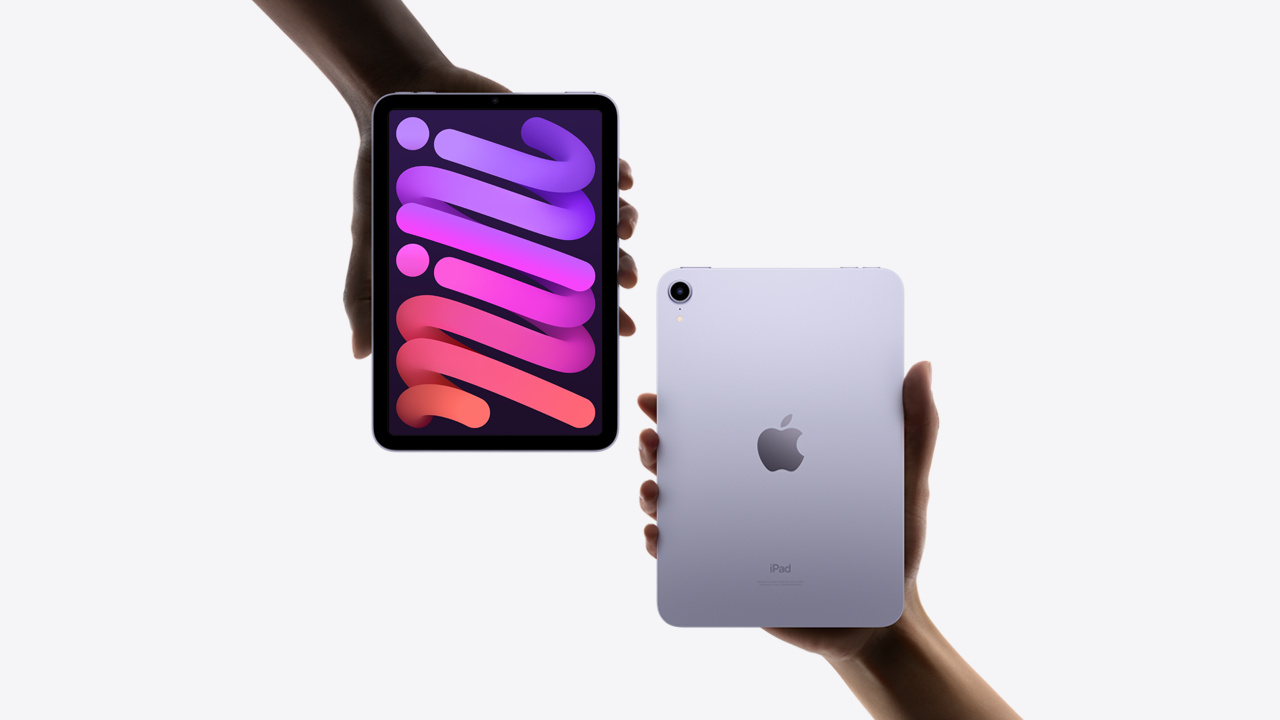Key Takeaway: Balancing the needs of casual users and professionals, Apple faces the challenge of optimizing iPadOS to fully utilize the capabilities of the iPad while retaining its simplicity and intuitive interface.
Recently, discussions surrounding the iPad’s potential as a powerhouse device have gained traction. Despite its impressive hardware, the iPad seems constrained by iPadOS, leaving users questioning its full potential. This article delves into the complexities of this issue, exploring the challenges Apple faces in catering to both casual and professional users.
The Dichotomy of iPad Users
At the heart of the debate lies the dichotomy between casual and professional iPad users. While casual users appreciate the iPad’s simplicity for everyday tasks like browsing and media consumption, professionals demand more robust capabilities akin to traditional computers. This divide creates a dilemma for Apple in striking the right balance.
Casual Users: Embracing Simplicity
For the majority of users, the iPad’s appeal lies in its seamless integration with the familiar iPhone interface. With its touch-based navigation and intuitive gestures, the iPad offers a user-friendly experience ideal for casual tasks like emails and entertainment.
Professional Users: Seeking Power and Versatility
In contrast, professionals, especially those in creative fields, require advanced functionalities to replace traditional desktop setups. From video editing to graphic design, these users demand the full power of the iPad’s hardware, including the latest M4 chip found in the iPad Pro.
Bridging the Gap: The Challenge for Apple
Apple faces the formidable task of satisfying both casual and professional users without compromising the iPad experience. While features like Stage Manager and external peripherals enhance productivity for professionals, challenges arise when adapting desktop-level software to the touch-based iPadOS environment.
The Limitations of iPadOS
Fundamentally, iPadOS was designed with touch interaction in mind, resulting in a user interface optimized for finger input rather than precise cursor control. This limitation poses challenges for developers in porting complex desktop applications to the iPad, leading to simplified versions with reduced functionalities.
The Quest for Desktop-like Experience
Despite efforts to bridge the gap between iPadOS and macOS, achieving a true desktop-like experience remains elusive. While features like cursor support and external peripherals offer a glimpse into this potential, limitations in app functionalities persist, hindering the seamless transition for professional users.
Potential Solutions: Exploring the Options
As Apple navigates this conundrum, several potential solutions emerge, each with its own implications for the future of the iPad.
Enhanced iPadOS Features
Continued refinement of iPadOS with desktop-like features could offer incremental improvements for professional users while maintaining the simplicity prized by casual users. However, this approach may fall short of satisfying the demands of power users seeking a true desktop experience.
Hybrid Devices: Blurring the Lines
Exploring hybrid devices that combine the versatility of a tablet with the power of a laptop, akin to the Microsoft Surface, could provide a compelling solution. However, such a shift may challenge Apple’s commitment to distinct product lines and user experiences.
Innovation and Evolution
Ultimately, the solution may lie in continued innovation and evolution, driven by user feedback and technological advancements. Whether through revolutionary new hardware designs or breakthrough software updates, Apple has the opportunity to redefine the future of computing.
Conclusion: Navigating the Road Ahead
In conclusion, Apple faces an uphill battle in reconciling the divergent needs of casual and professional iPad users. While challenges persist in fully harnessing the iPad’s potential, the journey towards innovation and evolution continues. As users await the next chapter in the iPad’s evolution, one thing remains certain: the quest to solve the impossible problem will shape the future of computing for years to come.
Final Thoughts: As Apple grapples with the complexities of the iPad’s role in the computing landscape, users remain hopeful for a future where the iPad seamlessly combines simplicity with power. Whether through incremental improvements or bold innovations, the path forward promises to be both challenging and exciting.














